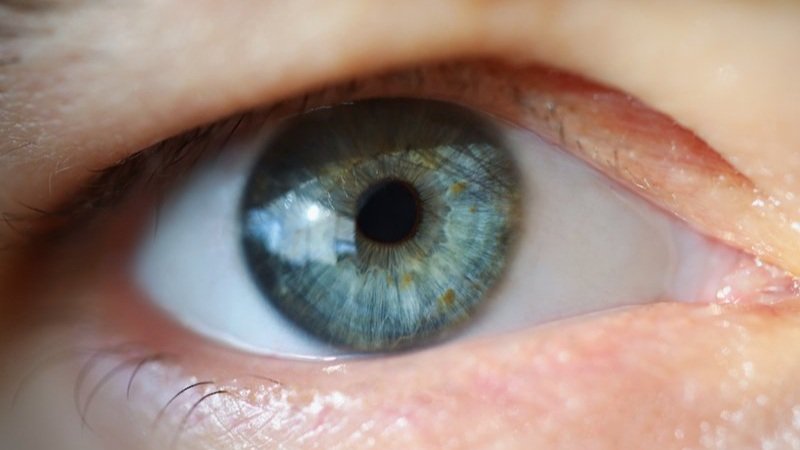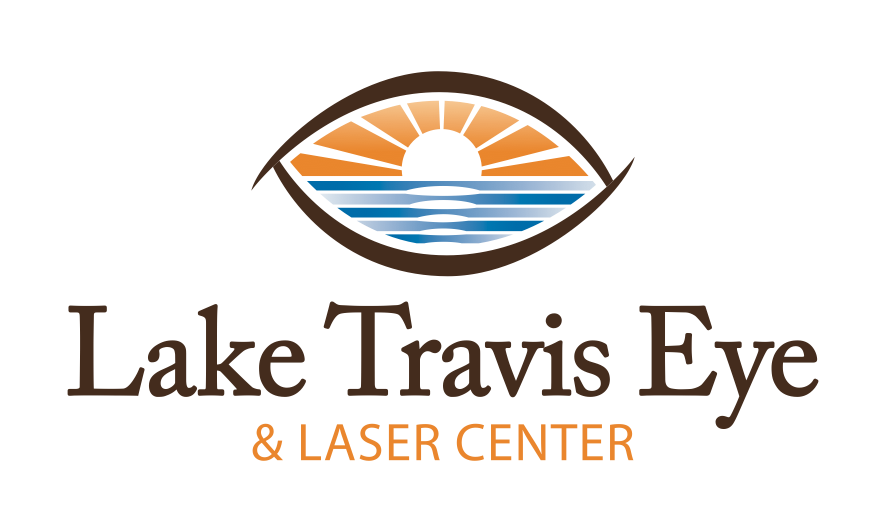
BLEPHARITIS
Blepharitis is long-term inflammation of the eyelids and eyelashes. It can affect people of all ages. Usually, blepharitis causes burning, itching, and irritation of the eyelids. In severe cases, the disease can lead to styes and/or inflammation of the cornea.
Forms
Staphylococcal Blepharitis
Staphylococcal blepharitis is cause by “staph” bacteria. This type of blepharitis is characterized by dense crusts around the patient’s eyelashes, and may cause discomfort when attempting to open one’s eyes in the morning. The patient can experience a loss of eyelashes, stye formation, and even small skin ulcers.
Seborrheic Blepharitis
Seborrheic blepharitis shows similar symptoms to “staph” blepharitis, but appears slightly differently during an eye exam. While “staph” crusts are dry, seborrheic crusting is more greasy. These patients may also suffer from seborrheic dermatitis.
Meibomian Gland Dysfunction
Meibomian glands normally produce thin oily secretions, which form an important part of the tear film. When the glands fail to work properly, an abnormally thick secretion may result. This causes local inflammation, and patients can experience redness and burning. An erratic tear film that evaporates quickly may also result, causing chronic dry eye.
Symptoms
Itchy, gritty eyes
Red and/or swollen eyelids
Crusty, flaky skin on the eyelids
Treatment
It is important to understand that blepharitis is a chronic condition. Even with proper treatment, the symptoms can recur numerous times over months to years. The main treatments for all forms of blepharitis are warm soaks, eyelid scrubs, and oral fish oil or omega-3 pills:
Warm Soak Directions
Wash your hands.
Moisten a clean washcloth with warm water.
Close your eyes. Place the washcloth of the eyelids for about 5 minutes.
Repeat 1-2 times daily.
Eyelid Scrub Directions:
Wash your hands
Mix warm water and a gentle baby shampoo OR use a commercially prepared lid scrub
Close one eye and use the scrub or a clean washcloth to rub back and forth over the edge of the eyelid
Rinse with cool water
Repeat with the other eye
Cases that do not improve or respond to the above treatment may require additional therapies. Examples are antibiotic ointment or even steroids for patients with moderate to severe “staph” blepharitis, and oral antibiotics such as tetracycline for patients with severe meibomian gland dysfunction.
